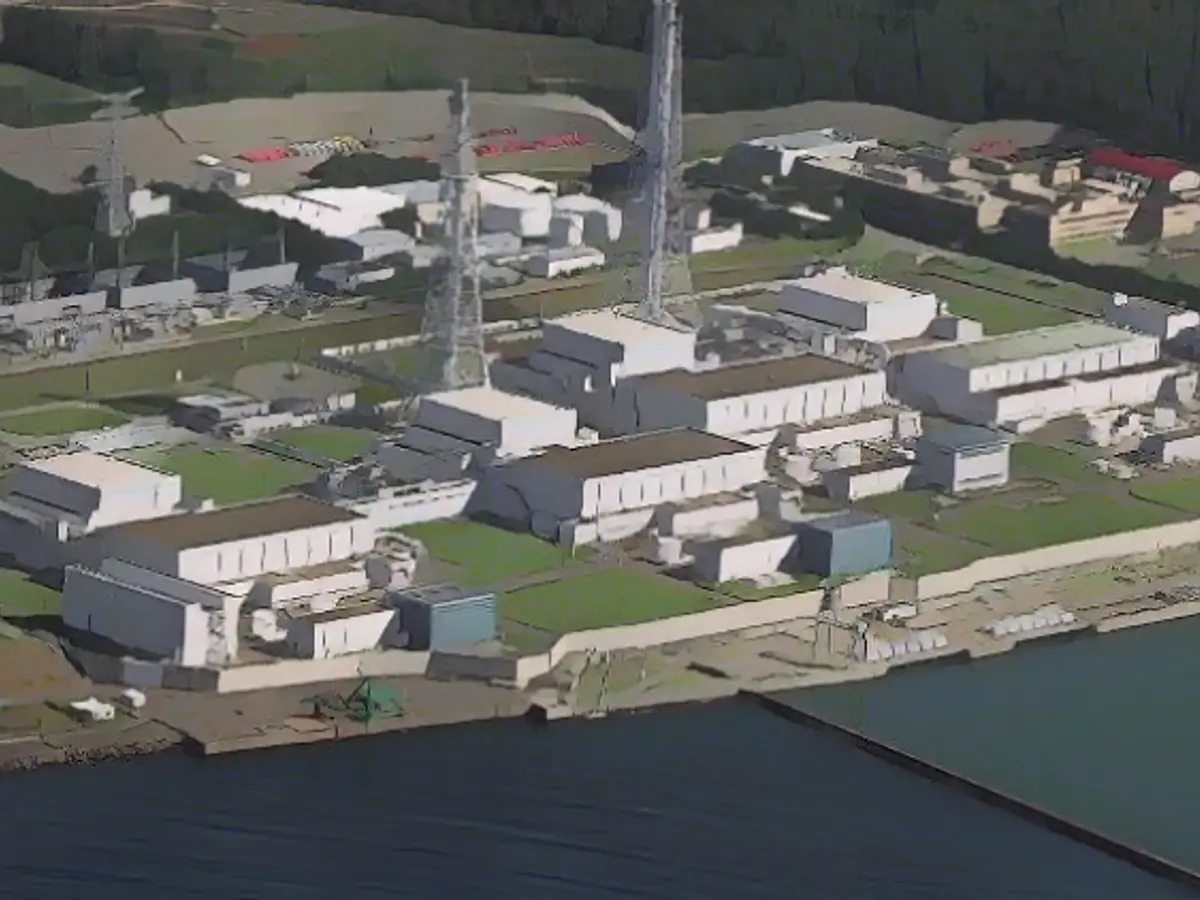Japan lifts operating ban on world's largest nuclear power plant
Kashiwazaki-Kariwa is the world's largest nuclear power plant. After the Fukushima disaster, it was shut down like many others, but could now go back online. However, the approval of the local authorities seems questionable following a series of safety breaches.
The Japanese government has lifted the operating ban on the world's largest nuclear power plant, thereby removing an obstacle to its commissioning. The safety system at Tokyo Electric Power Co.'s (TEPCO) Kashiwazaki-Kariwa plant has been improved, according to the nuclear regulatory authority NRA. This means that uranium rods can once again be delivered and fed into the seven reactors at the plant on the Sea of Japan.
The ball is now in the court of the local authorities, who must give the green light. However, it is unclear when and if this will even be the case. TEPCO explained that the company is working on gaining the trust of the local authorities.
The plant, which has a capacity of 8.2 gigawatts, has been completely off the grid since 2012, when all nuclear power plants had to be shut down a year after the Fukushima disaster. In 2021, the NRA prohibited TEPCO from restarting the plant after serious violations of terrorism protection regulations were repeatedly identified: TEPCO admitted that the plant was so poorly secured in a total of 16 places that unauthorized persons could have easily entered the nuclear power plant site. NRA inspectors also discovered that TEPCO had tried to cover up the deficiencies.
Covered up breakdowns
Violations of regulations had already been occurring regularly at the Kashiwazaki-Kariwa nuclear power plant. For example, power plant unit 6 had to be temporarily shut down in 2000 after a 300-fold increase in iodine levels was measured in the cooling circuit. Two years later, it emerged that TEPCO had falsified safety reports for 16 years and delayed inspections for cost reasons. Defects were also repeatedly identified in the years that followed.
The restart of the nuclear power plant is a central part of TEPCO's plan to resume operation of its reactor fleet following the nuclear disaster in Fukushima. Of the 54 reactors in Japan, 33 are still considered operational. In fact, only ten reactors are currently in operation.
Read also:
- Why there is still no EU funding for green Saar steel
- 3 billion Saar Fund is unconstitutional
- Lack of snow also opens up new opportunities for winter tourism
- Abrupt end to e-car subsidies
Despite the Japanese government lifting the operating ban, the local authorities' approval for TEPCO's Kashiwazaki-Kariwa nuclear power plant remains uncertain, due to past safety breaches. After the Fukushima disaster, TEPCO admitted to covering up deficiencies and repeatedly violating terrorism protection regulations at this Japanese nuclear power plant.
Source: www.ntv.de








